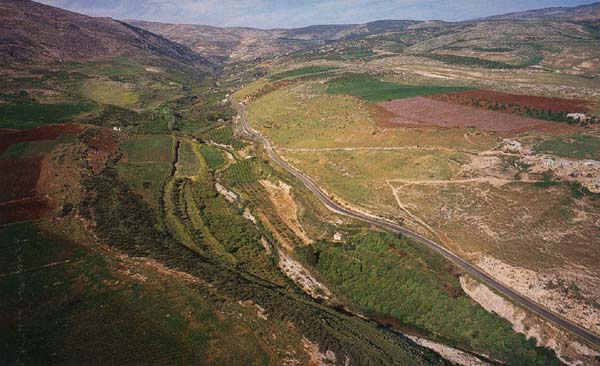Image Details

Richard T. Nowitz
A natural highway through the desert fringes and the mountains of Manasseh, the Wadi Malih provides fertile land and important sources of water in this otherwise harsh environment. The greatest percentage of Type A pottery (13th–early 12th centuries B.C.E.) at the surveyed sites came from locations near river valleys and wadis (intermittent water courses). This Late Bronze, originally Canaanite, pottery style continued in use at the early Iron I sites until about the middle of the 12th century B.C.E., when it was largely replaced by Type B. The percentage of recovered Type A pottery decreases at sites farther to the west. This distribution indicates that the Israelites probably moved westward along these wadis after entering Canaan from Transjordan.
